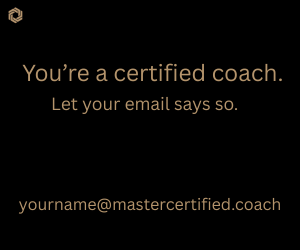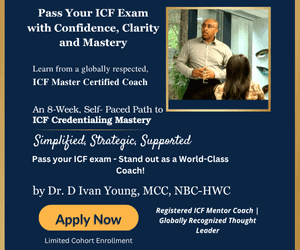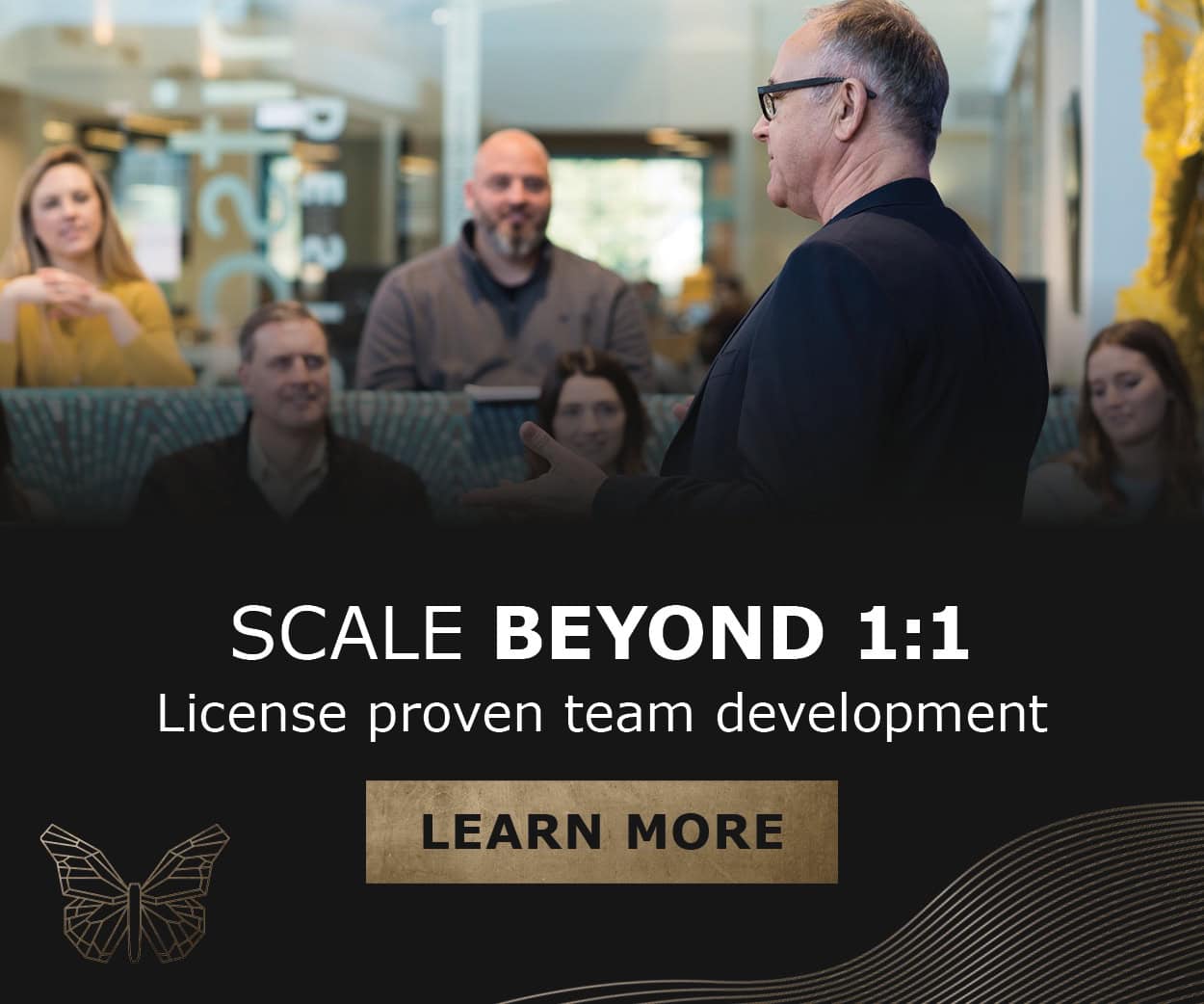As a professional coach, imagine that you are the chauffeur of every coaching conversation. Your client tells you their desired destination, and with your questions and observations, you drive them on their chosen route to their goal. The vehicle of this conversation is typically called a standard, manual or stick-shift car, depending on your country. Each gear represents the different stages of the conversation.
You will not always move consecutively from first gear to second, then second to third, and so on until you reach fifth gear. Rather, just like driving, you will shift up and shift back down, then up again, depending on the “engine,” which represents your client’s degree of motivation.
First Gear – Find Agreement
The engine is a little cold and slow moving at this point, but it’s the gear in which you always get started. In this gear, you ask simple, logistical questions, such as:
- You scheduled 45 minutes with me today. Does that still fit your time frame?
- Do you feel comfortable and ready to talk?
- Is there anything that you need to take care of before we begin?
If you’re speaking with a new client for the first time, you’ll also explain the coaching agreement and answer any questions they may have.
Second Gear – Move into Heart Space
Now that logistics are out of the way, you’re ready to help your client start speaking honestly from the heart. In other words, speaking from “Heart Space,” as opposed to speaking only from a logical “Head Space.” You warm up the engine of the conversation by asking questions such as:
- What are some highlights since our last conversation?
- What’s on your mind today?
- How did you do with your goal from last week?
Third Gear – Find the Fire
By now, you’re picking up speed, the engine is hot, and you’re looking closely for what will make your client’s life most meaningful today. You’ll ask questions that reveal what fires them up, discovering their key motivations and values.
- Out of everything we’ve just talked about, what matters most to you today?
- What change would make the biggest difference right now?
- What will it feel like to achieve this?
Fourth Gear – Write Words
This step requires you to confirm your client’s goal in their own words and then, write it down (unless you have a perfect memory). The point of this gear is to “write down the right words” that use your client’s own language about their goal. You might ask questions like:
- If you could tell me your goal for our conversation today in just a couple of words, what would you say?
- The key phrase I’m hearing is “_.” How well does that describe your goal?
Fifth Gear – Design Action
All other Gears focused on getting clarity, but now, it’s time to design action based on what you wrote down in Fourth Gear. Some questions include:
- What’s the smallest, most realistic step you can take this week to move toward your goal?
- How confident are you that you will achieve this goal?
- What support do you need to ensure it gets done?
Neutral Gear – Check In
When driving a stick-shift car, you technically have to pass through “neutral gear” on your way to any other gear. Likewise, in a coaching conversation, as you shift gears, always check in with your client, ensuring their engine is ready for shifting. This can take the form of simply asking:
- How are you feeling?
- Are you getting what you need from today’s conversation?
- How energized do you feel right now?
Reverse Gear – Changing Course
At some point in the conversation, your client will express doubt about themselves, the direction of the conversation or their goal. In that case, you’ll switch into “reverse gear” to help them reverse out of their negative place. Use direct but gentle questions, such as:
- How true is that really?
- What are some other ways of looking at this situation?
- What could you change right now that would make you feel better?
The Seven Gears process, simplified for you above, allows a repeatable structure for every coaching conversation while also maintaining the fluidity that coaching needs to be effective. Keeping these in mind in every conversation will help you know exactly when to shift deeper without “stalling” your session or your client’s progress.
Disclaimer
The views and opinions expressed in guest posts featured on this blog are those of the author and do not necessarily reflect the opinions and views of the International Coach Federation (ICF). The publication of a guest post on the ICF Blog does not equate to an ICF endorsement or guarantee of the products or services provided by the author.
Additionally, for the purpose of full disclosure and as a disclaimer of liability, this content was possibly generated using the assistance of an AI program. Its contents, either in whole or in part, have been reviewed and revised by a human. Nevertheless, the reader/user is responsible for verifying the information presented and should not rely upon this article or post as providing any specific professional advice or counsel. Its contents are provided “as is,” and ICF makes no representations or warranties as to its accuracy or completeness and to the fullest extent permitted by applicable law specifically disclaims any and all liability for any damages or injuries resulting from use of or reliance thereupon.
Authors
Post Type
Blog
Audience Type
Coach Educators, Experienced Coaches, External Coaches, ICF Chapter Leaders, Internal Coaches, New Coaches, Professional Coaches, Team and Group Coaches
Topic
Coaching Toolbox, Discover - Your Coaching Career
Related Posts
How Conscientious Inclusion Can Improve Your Coaching
Coaching continues to evolve as the world becomes more interconnected, multicultural, and…
The Coaching Trap: When Empathy Becomes Exhaustion
Prepare yourself for the fact that this will not be about you…
Your Guide to Preparing for the ACC Exam
Much like a smartphone upgrade that introduces improvements for a smoother user…








